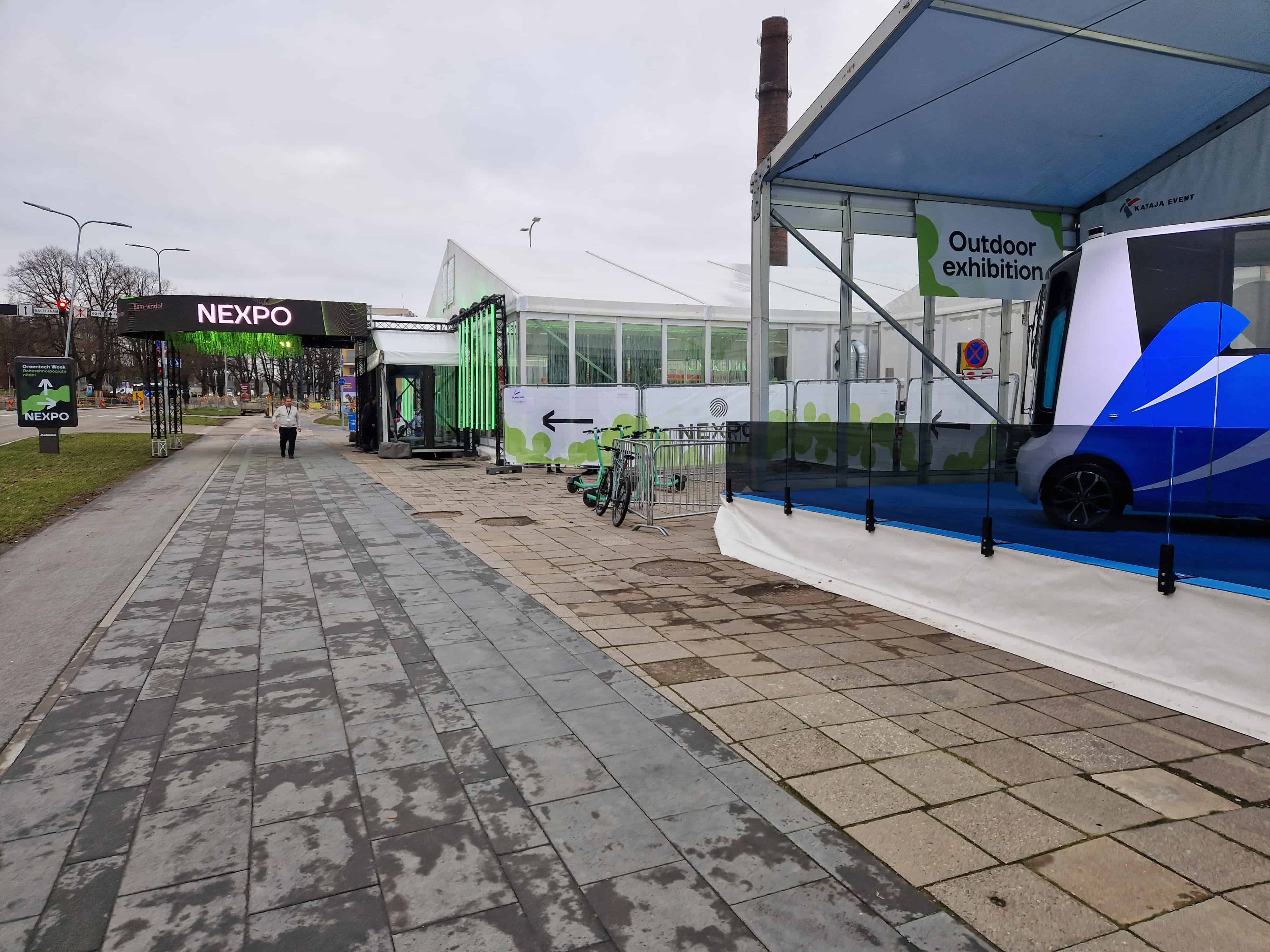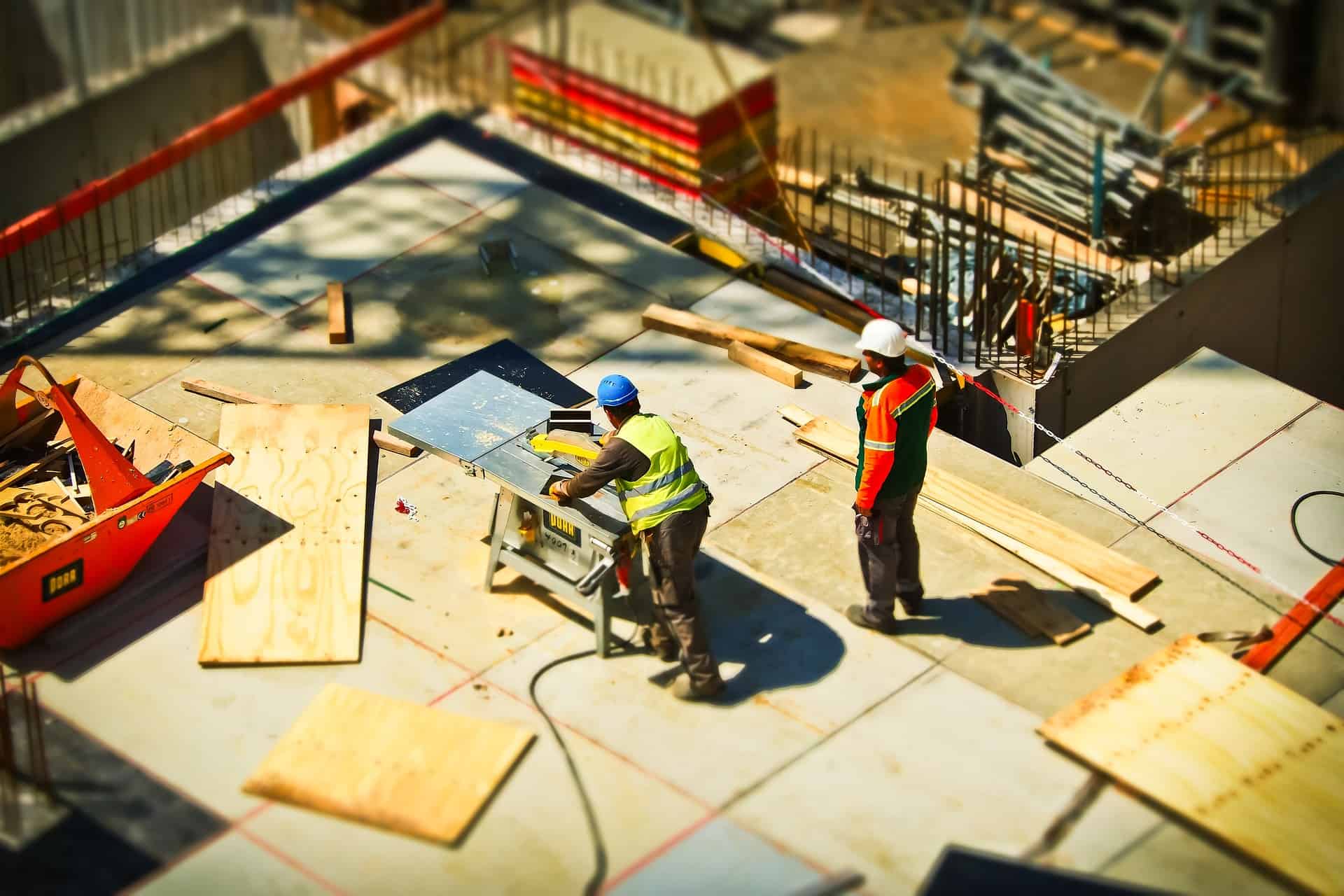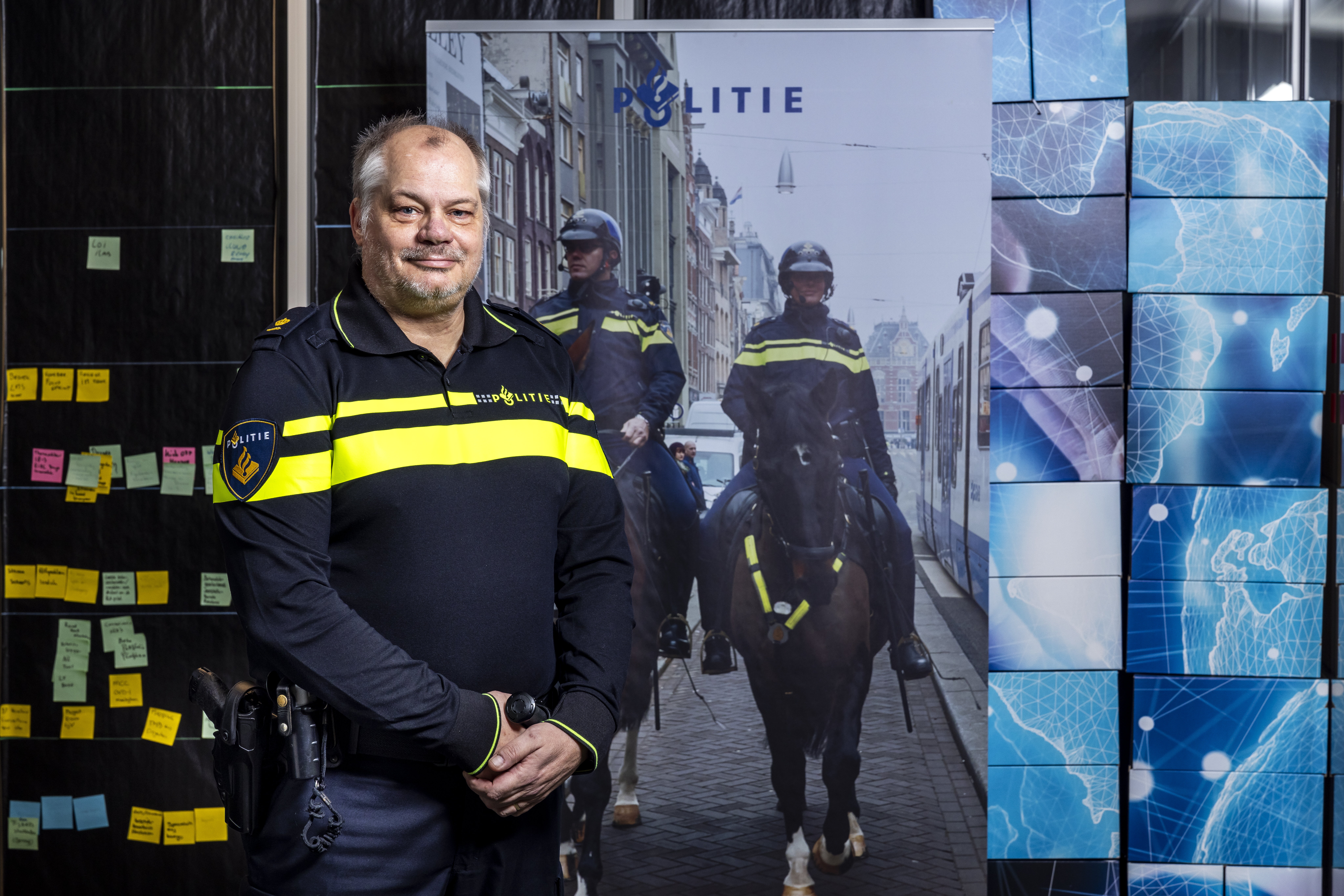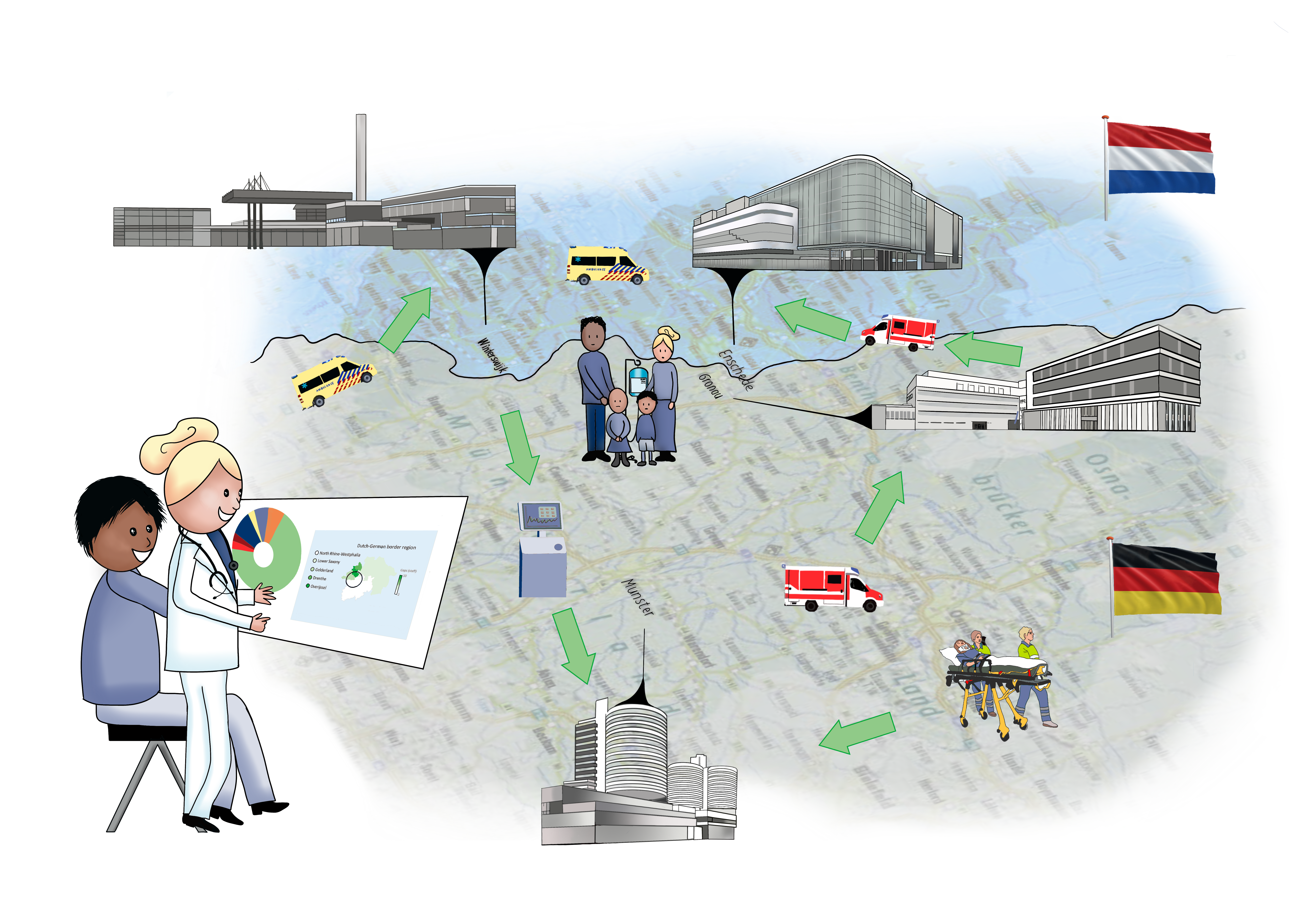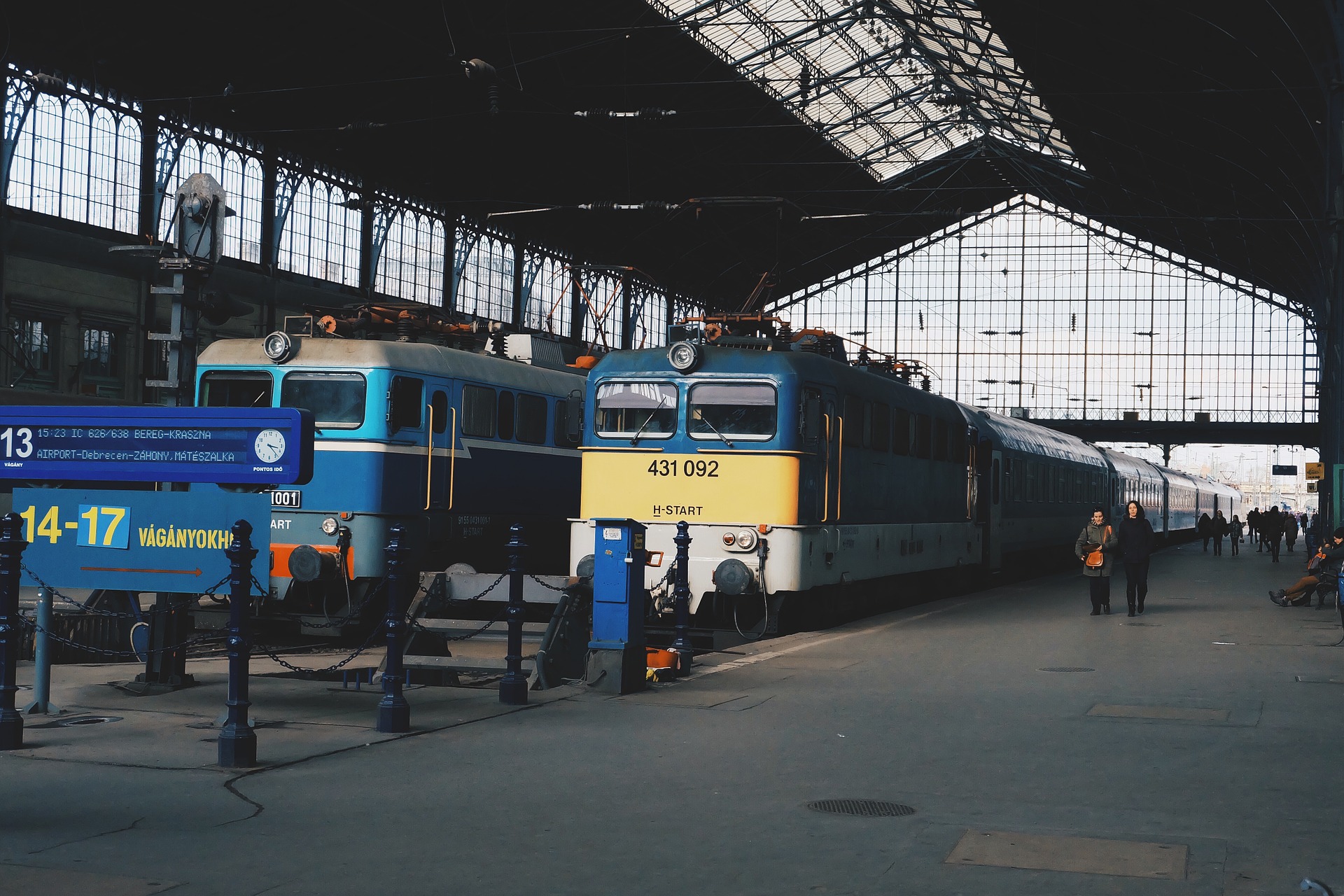
About Decarbonizing Europe
What does the Recovery and Resilience Facility entail?
The European Commission has made available an amount of 723.8 billion euros
to combat the consequences of the corona crisis and make Europe greener, cleaner, and future-proof. All member states have the opportunity to submit plans for disbursement from this Recovery and Resilience Facility.
Who is participating in the Recovery and Resilience Facility?
All the member states of the European Union. All member states? No, The Netherlands has not submitted plans as yet. Although, it became public knowledge at the end of January that hard work is going on behind the scenes in the Netherlands to secure some of those European billions.
What do the member states have to spend the money on?
At least 37 percent of the funding should be used for making their countries more sustainable and 20 percent for digitalization. In addition, there are also other key points:
– Smart, sustainable and inclusive growth
– Social and territorial cohesion
– Public health, economic, social, and institutional resilience
– Policy for future generations
What else is happening?
Apart from that, the EC has identified several so-called flagship areas:
– Power up
– Renovate
– Recharge and Refuel
– Connect
– Modernise
– Scale-up
– Reskill and upskill
What is Innovation Origins planning to do?
Over the next few months, we will be focusing on the implementation of these plans. We will be outlining what each country is doing to reduce CO₂ emissions, and we will be reporting on innovative projects. Infographics will allow you to compare the member states’ efforts with each other.
A crisis such as COVID-19 calls for robust measures. The European Commission created the Recovery and Resilience Facility, which is comprised of over € 723.8 billion in grants and loans. To claim a share of this budget, member states had to present a plan of reforms and investments to foster the digital and green transition. In Decarbonizing Europe, we analyze and compare the different plans. What are countries spending the money on, what is their strategy and how are they tackling the climate crisis? This week: Hungary.
Hungary has applied for a €7.17 billion non-reimbursable loan from the European Union as part of the Recovery and Resilience Facility (RRF) plan. They plan to invest money into water management, digital reskilling and upskilling and solar power plants aimed primarily at helping poor people in rural areas. Hungarians have also been looking forward to green transport for a long time. But the money may not come anytime soon.
EU funds are on hold for Hungary
According to the European Commission, the Hungarian plan fails to satisfy two of the assessment criteria that concern anti-corruption measures. On 16 February 2022, the European Court of Justice dismissed Hungary’s complaints against a law that ties EU funds to democratic standards. The ECJ confirmed that countries can be denied EU funds (such as the RRF) if they persist in engaging in anti-democratic activities. Hungary needs to “reinforce the anti-corruption framework by improving prosecutorial efforts and access to public information, and strengthen judicial independence,” writes Politico.eu.
In response to the delay, Gergely Gulyás, the minister responsible for the use of EU funds, has proposed pre-financing. As long as it is not possible to use EU funds, the government will finance these investments from the newly established national recovery fund,” Porfolio.hu wrote.
A seemingly missing component: digitalization
In addition to the 37 percent that is supposed to be allocated towards climate action, 20 percent for digital development is a mandatory part of any RRF plan. “Previously, there were 9 components in the plan. Digitalization was included as a separate component. We decided to take it out because we have seen that Hungary can confidently achieve the digital quota of at least 20 percent of the other components,” said Zsolt Leveleki, deputy Secretary of State for the implementation of the RRF plan and legal affairs for development policy.
Digitalization is most visible in the field of public education. According to the Digital Economy and Society Index 2020 (DESI), more than half of the population in Hungary lacks basic digital and software skills. As such, their 19th ranking in this area is lower than the EU average.
The investments will be used to purchase ICT (information and communication technology) equipment for pupils. They aim to upgrade teachers’ equipment and increase their digital literacy and motivation. Several digitalization development programs have been launched and are ongoing at a national level.
Towards a digitally literate society
The Digital Success Programme, launched in 2015, which works, among other things, on making the internet accessible and affordable for all. It has achieved a two-step reduction of VAT on internet browsing from 27 percent to 18 percent and then to 5 percent, making it the lowest internet tax in the European Union. It is also responsible for a number of strategic programs and innovative solutions. These include publications that provide easy-to-understand information about digital techniques.
“The widespread use of digital technologies has significant added value for both citizens and businesses. It improves the quality of life of citizens and the competitiveness of businesses and thus the whole economy. This is why the government is giving priority to digitilization efforts and has launched programs in this field,” stressed Dr. Károly Balázs Solymár, deputy Secretary of State for digitalization at the Ministry of Innovation and Technology.
Decarbonization and tackling climate change
According to the European Green Deal, the European Union must ensure that it will be carbon neutral by 2050. This requires all EU member states to devote at least 37 percent of their RRF plan to respond to climate change. Currently, 40 percent of the electricity production is paired with carbon-dioxide emissions. Hungary’s ambition is to lower this amount down to just 10 percent by 2030.
Hungary’s plan would fundamentally reform energy markets by developing smart grids and supporting solar energy systems. It would also reform the framework for water management and reduce emissions from public transportation.
Energy-smart homes and social solar power
Hungary has committed to raise its share of renewable energy to 21 percent by 2030. Polluting fuel types are still widely used to heat residential buildings. Many people, especially in rural areas, do not have access to gas or central heating. They use more expensive and polluting solid fuels (coal or poor-quality wood), which are a major source of air pollution.
“The housing sector contributes to more than 30 percent of Europe’s carbon dioxide emissions, so there is a huge role for modernisation, also in targeting the energy efficiency in buildings,” stresses Zsuzsanna Koritár from the Hungarian Institute for Energy Efficiency.
The project called ‘Energy-conscious and modern Hungarian homes’ encourages the installation of solar energy systems to partially or completely replace the use of electricity from polluting sources. The strategic goal is to have at least 200,000 households with an average of 4-5 kW of roof-mounted solar panels by 2035.
Another program aims to help the 300 most disadvantaged towns and villages in the country. Social solar power plants will be set up under the ‘Felzárkózó Települések’ (‘Upgrading towns and villages’) component. This means that the solar energy that is generated will be sold and the proceeds used to subsidise housing costs for disadvantaged families. The program pays particular attention to families with children under 3 years old.
Read our article about the project: No need to burn furniture anymore, solar energy warms up homes of the poor
NextGeneration EU
The corona crisis is one of the biggest challenges of our time. The European Union, through NextGenerationEU – the largest recovery plan ever at €806.9 billion – aims to help its member states emerge stronger from the crisis. The Recovery and Resilience Facility (RRF) is at the heart of this plan (€723.8 billion).
The RRF has two goals: first, to pull the European economy out of the recession caused by the corona pandemic. At the same time, it is designed to give an impetus to important investments for the future and measures for rolling out reforms.
All 27 member states have submitted plans. Whether all the money is actually disbursed depends on a final assessment of the projects. For example, countries must spend at least 37 percent of their budgets on climate action and 20 percent on digitalization.
Step up the game in water management
Hungary has a separate component for water management which is unique compared to other countries (it would require funding of €125 million). Based on estimations, we have already lost 50 percent of wetlands around the world. While in Europe, the proportion of wetlands that have been destroyed or transformed is estimated at 90 percent. In Hungary, 97 percent of wetland habitats have been lost over the last few centuries.
The projects under the ‘water management’ component contribute to the ecological replenishment and retention of water in areas affected by drought. They also contribute to the creation and restoration of wetlands. Plus, they also aimed at creating a water supply capacity as part of the revitalization of water catchment areas.
Encourage cycling and use of public transport
Sustainable, green transport is the second largest component of the Hungarian plan (€ 1,8 billion). In the coming decades up until 2040, the aim is to achieve systemic results in the green transformation of the country’s transport system. Hungary’s low-emission transport system will be built in line with EU technical standards.
The provisions would mainly affect Budapest and its surroundings, as two-thirds of the residents of the town with a population of 1,7 million people commute by car. Consequently, it is very important to reduce the economic and environmental damage caused by road transport.
Hungary plans to increase the number of passengers using trains by 80 percent. This would prevent the 4 million tonnes of carbon dioxide from being emitted annually. Other key measures include increasing the capacity of suburban railways (HÉV), boosting cycling (by building 260 km of cycle paths) and the purchase of electric buses.
Support us!
Innovation Origins is an independent news platform that has an unconventional revenue model. We are sponsored by companies that support our mission: to spread the story of innovation. Read more.
At Innovation Origins, you can always read our articles for free. We want to keep it that way. Have you enjoyed our articles so much that you want support our mission? Then use the button below:


